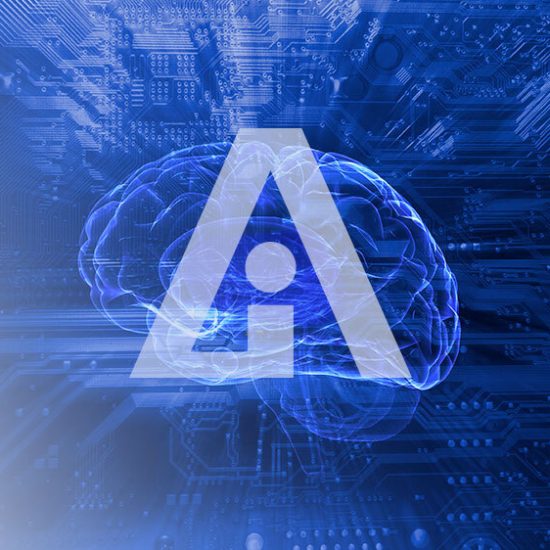Everything across the utilities landscape should be connected, instrumented, and measured, according to Cisco Australia CTO Kevin Bloch, in order to move forward from automating operations to augmenting human decision making and predicting the future using the Internet of Things (IoT).
Speaking at Utility Week in Sydney on Tuesday, Bloch stressed the importance of connecting everything possible to the IoT so as to make use of the data to improve the process.
“Data has really got three major impacts,” Bloch said.
“Number one, extending human intelligence or human decision making, so you’re enabling people to make decisions faster and smarter than they could otherwise do, and that applies to a technician out there all the way through to the integrations centre.
“The second one is where you’re actually eliminating labour completely, and that is happening in every single sector, where we’re digitising human process, and you’ll see that a lot in the supply chain, for example.
“And then the third one is the predictive analytics, and we’re still at the beginning of that, where you’re not just looking at the future in terms of extrapolating the data, but you believe in using cognitive science to look at patterns in terms of what could happen.”
There is currently more venture capital going into artificial intelligence (AI) than any other sector because of companies wanting to embrace and take advantage of these three effects of digitisation, Bloch said.
We are now in the third phase of the internet, according to Bloch: First came the initial connection of desktop computers, then mobile connectivity driven by social, and now the IoT, which is taking us from “human scale” to “machine scale”.
“We are now in the third phase of the internet … the Internet of Things, the Internet of Everything, where we’ve been saying for some time that there’ll be over 50 billion things connected to the internet,” he said.
“We’re going from human scale to machine scale … because two things are happening in the machine world. One is the exponential price performance happening in hardware, in CPU, in network, in storage.
“At the same time, there’s incredible advancements in the software side as well, in terms of AI — artificial intelligence — cognitive science, and deep learning. You put that together, and it’s pretty clear to humankind that there’s a massive divergence between what we as humans can do, and what machines can do.”
The IoT is therefore not about things, according to Bloch — it’s about connecting and measuring them, which enables companies to use their devices for much more than what they were originally designed for.
For instance, a smart street light could also be used for metering, surveillance, traffic management, and security.
“One of our partners, NNN Co, has got a [connected] light,” he said.
“What they’ve done is they’ve taken that light, put some intelligence into it, connected it up, and all of a sudden what can you do with that light? You can start providing a whole range of services beyond just shedding some light on the street, in terms of parking, congestion management, and so on.
“It doesn’t matter whether you’re racing a McLaren, whether you’re running a utility, whether you’re flying aeroplanes, whether you’re in the swimming pool business; it’s now all about measurement. It’s about instrumentation and measurement.
“It’s not about the thing; it’s about the data, it’s about the insights from the data, and it’s about the services we can provide from it.”
NNN Co — the National Narrowband Network Company — is partnering with utilities on rolling out a nationwide low-power, long-range IoT network to connect devices. It last year argued that instead of cellular networks, LoRaWAN networks should form the backbone of IoT in order to bring down the inherent expense in connecting so many “things”.
Bloch similarly questioned whether traditional telecommunications providers would necessarily be the companies benefiting most from IoT and connecting the 50 billion devices forecast, because there is a strong advocacy for the use of unlicensed spectrum from NNN Co and others.
“The world in wireless is breaking up into two sort of streams. One is the licensed spectrum,” the CTO said.
“But then you’ve got the other world of unlicensed spectrum. It’s called low-power, wide-area, where in the unlicensed spectrum, anybody can play. And again, our partner NNN Co is already deploying a LoRa-based technology to connect in the unlicensed space over longer distance, I’m talking 10, 20 kilometres, with much lower power. This new world of connectivity [is] opening up because of the Internet of Things.”
Bloch also used his keynote to spruik Cisco’s “fog computing” concept, which he described as the layer that sits between the billions of devices being connected and the cloud itself, and said the sheer volume of data cannot all be sent to the cloud due to latency concerns.
“Fog computing is where you’re taking the cloud, and you’re lowering it closer to the earth,” he said.
“Cisco came up with this concept of fog computing — so the traditional architecture, where you’ve got compute, the network, and the end point; we’ve had to insert this fog layer.”
Cisco launched its fog computing solution at the beginning 2014, and unveiled new tools for it in June last year. Fog computing allows real-time data collected from sensors every few seconds or minutes to be averaged out based on specified parameters and uploaded to the cloud on a less-frequent basis.
“What this new layer allows us to do is instead of taking the data to the query, we’re taking the query to the data,” Bloch explained.
“In the next few years, we believe that 40 percent of data will never go to the cloud because it’s just either not enough bandwidth, or latency issues.”



